5 More Simple Tips to Improve your Photography
Continuing on from the previous article 5 Simple Tips to Improve Your Photography, here are five more tips that are simple to implement. Thinking about these things before you press the shutter button can help you produce a stronger composition that really holds the viewer's attention.
Frame your subject
Including something in the image that frames your subject can be very effective. Just as adding a frame (or mat) around a printed image complements the image and helps draw your eye into the image, a 'frame' within the image can work the same way.
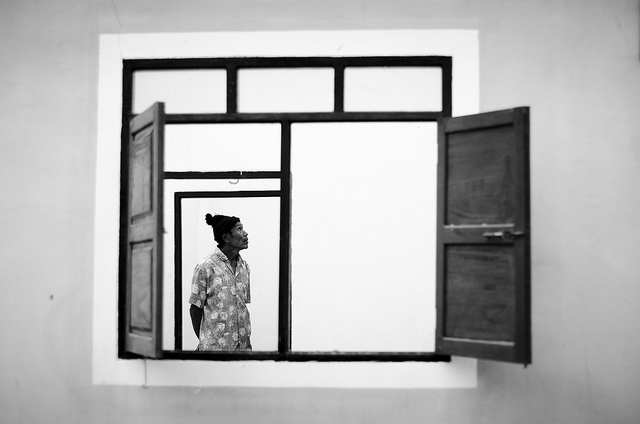
framed by Björn Bechstein on Flickr (licensed CC-BY-ND)
This tip isn't something you should use for every photo. And in many cases including something that frames the subject won't be practical. But in some cases it can be quite easy, and really bring your image up a notch.

Framed by Branches by Ingrid Taylar on Flickr (licensed CC-BY)
Think framing a portrait within a doorway. Or a landscape image using the branches of a tree to frame the image.
As discussed in the previous 5 tips, adding a sense of depth to your photo can result in a stronger image. And including a frame within the image can do just that. The frame can act as a foreground element. If the frame is out of focus, this can also act as a depth cue.
Don't neglect the background
I think I've probably mentioned this in a few different articles previously, but it bears repeating as it is so easy to overlook. Pay attention to what is going on in the background of your image behind your subject.
An unnecessarily cluttered background can draw attention away from your subject. Objects sticking out from behind your subject, or even just the horizon line running through their head can create a distraction.
Depending on the image, bright highlights or colors may draw attention away from the subject. Similarly, you often get a stronger image if you ensure that your subject contrasts in tone or color with the background, so that they stand out rather than blending in.
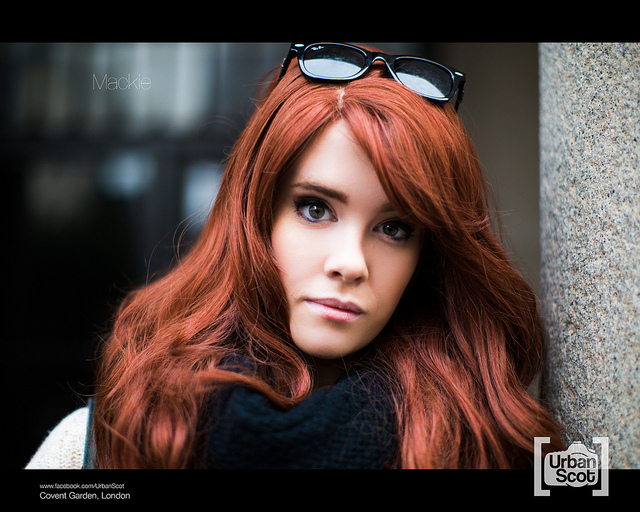
Mackie #290 by Peter McConnochie on Flickr (licensed CC-BY-ND)
Every image is different, so there is not really a universal rule for how you should treat the background. But do think about these things, and whether the current background is adding or detracting from the image. Often you can just take a few steps or angle the camera differently to dramatically change the background.
Make your subject clear
Tying in with the previous tip about the background, you should avoid including any detail in your shot that does not add to the image. The easiest way to do this is simply to fill the frame with your subject. This ensures that the subject is obvious, and removes any distractions around the edge of the image.
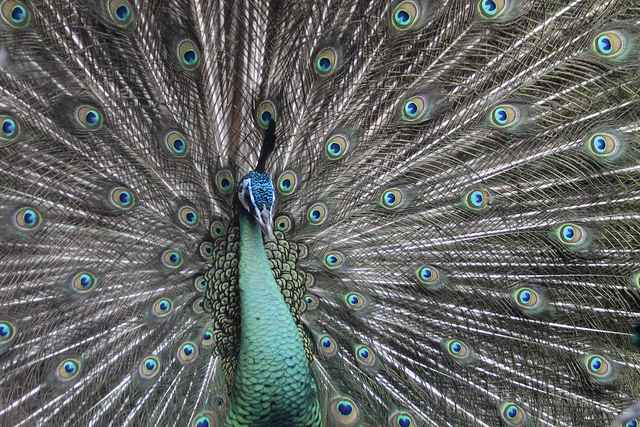
Fill the frame [ Way over 3,000 Views thanks everyone ] by Nina Matthews Photography on Flickr (licensed CC-BY)
Alternatively, you can try having your subject smaller in the frame, but surrounding them with negative space. For this to work you really need a plain background behind your subject, such as sky, water, desert, grass, or snow.
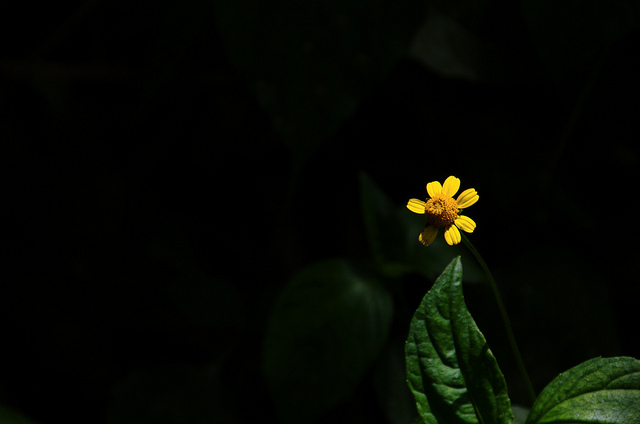
Yellow in the dark by Luis Alejandro Bernal Romero http://aztlek.com on Flickr (licensed CC-BY-SA)
If your subject is some distance from the background, then you can create a plain background by using a longer focal length (e.g. 100mm) and a shallow depth of field. This will then blur out a busy background to a smooth blend of color. The sharp, in focus subject then stands out against the blurred background.
Look for shapes
Images composed of simple geometrical shapes such as rectangles, triangles, and circles can be very compelling. This is especially true for abstract photography, where the image focuses just on the shape, rather than what the actual object creating the shape is.

gray eLLe by enki22 on Flickr (licensed CC-BY-ND)
But thinking in terms of shapes can also be useful for standard photography. Composing an image to arrange the elements in terms of a shape brings a sense of structure and order to the image. This can be particularly useful when photographing an 'untidy' scene with a lot of visual clutter. The use of shape helps draw the viewer's eye to the subject(s).
While most scenes don't include perfect shapes, you can still identify shapes when you look for them. The triangle is the most common, being formed whenever you have converging lines, such as row of houses getting smaller into the distance. A head and shoulders portrait also forms a triangle, with the top of the head forming the tip of the triangle, and the shoulders the base.
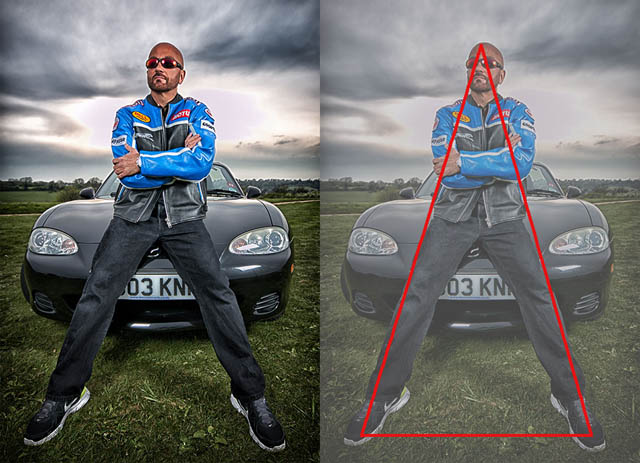
Example of an image using shape to create a strong composition, based on Man on Car II by UlyssesThirtyOne on Flickr (licensed CC-BY)
Sometimes you can just see the shapes when you set up to take a photo. Other times you'll need to do a bit of work to arrange the composition yourself. By moving the camera (and you may also want to try changing the focal length you're photographing at), you can fit your subject(s) into a shape, bringing order to the image.
Unless the image contains a repeating pattern, then it is generally best not to include a large number of different shapes. This can just result in a confusing image. Instead, focus on just including one or two main shapes.
All rules are meant to be broken
Lastly, don't forget that there are no real 'rules' in photography, only guidelines. Sometimes going against a rule will produce a stronger image. But there is a difference between just breaking the rules because you don't know what they are, and purposefully breaking a rule to bring a certain impact to an image.
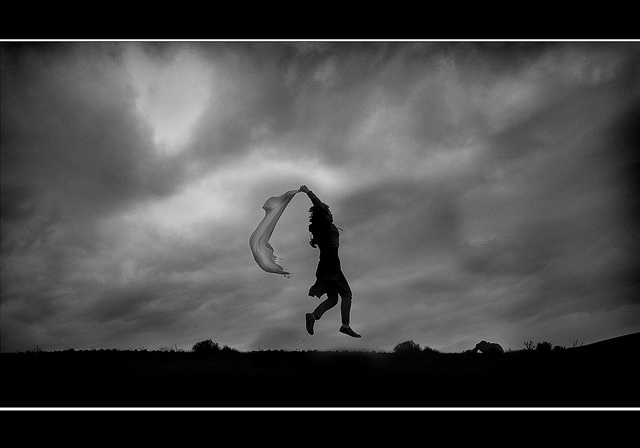
Untitled by Ghazaleh Ghazanfari on Flickr (licensed CC-BY-ND)
Generally, when you want to break a rule, it will be to bring a certain dynamic to an image, to make a point. If you understand the rules of photography, then you'll also understand when to break them.
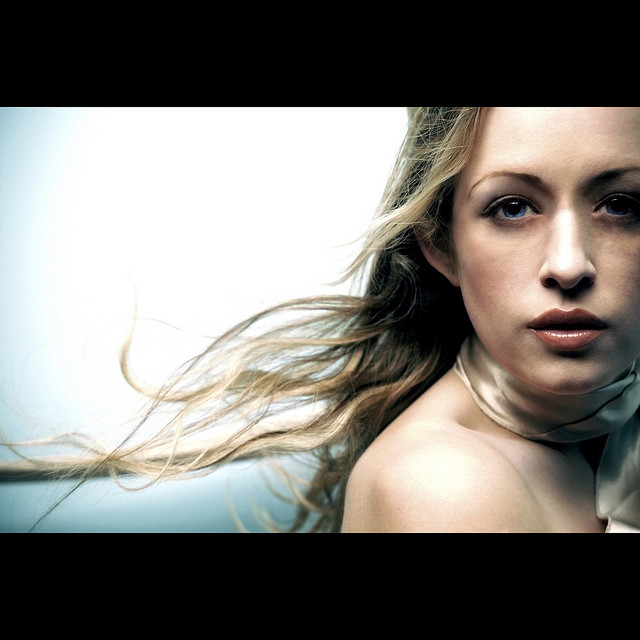
080708-01 by `Kevin Wang on Flickr (licensed CC-BY-ND)





